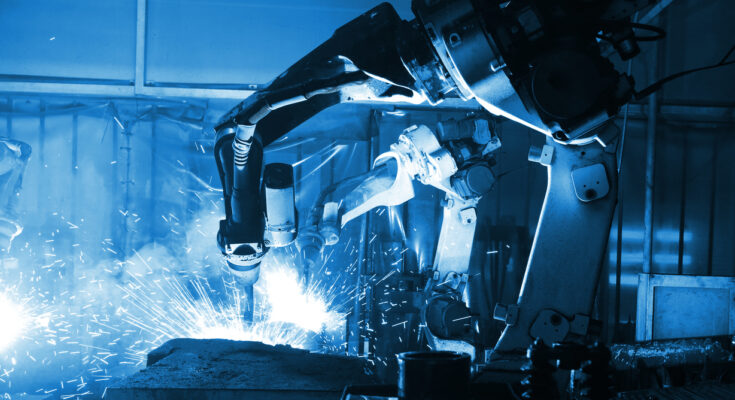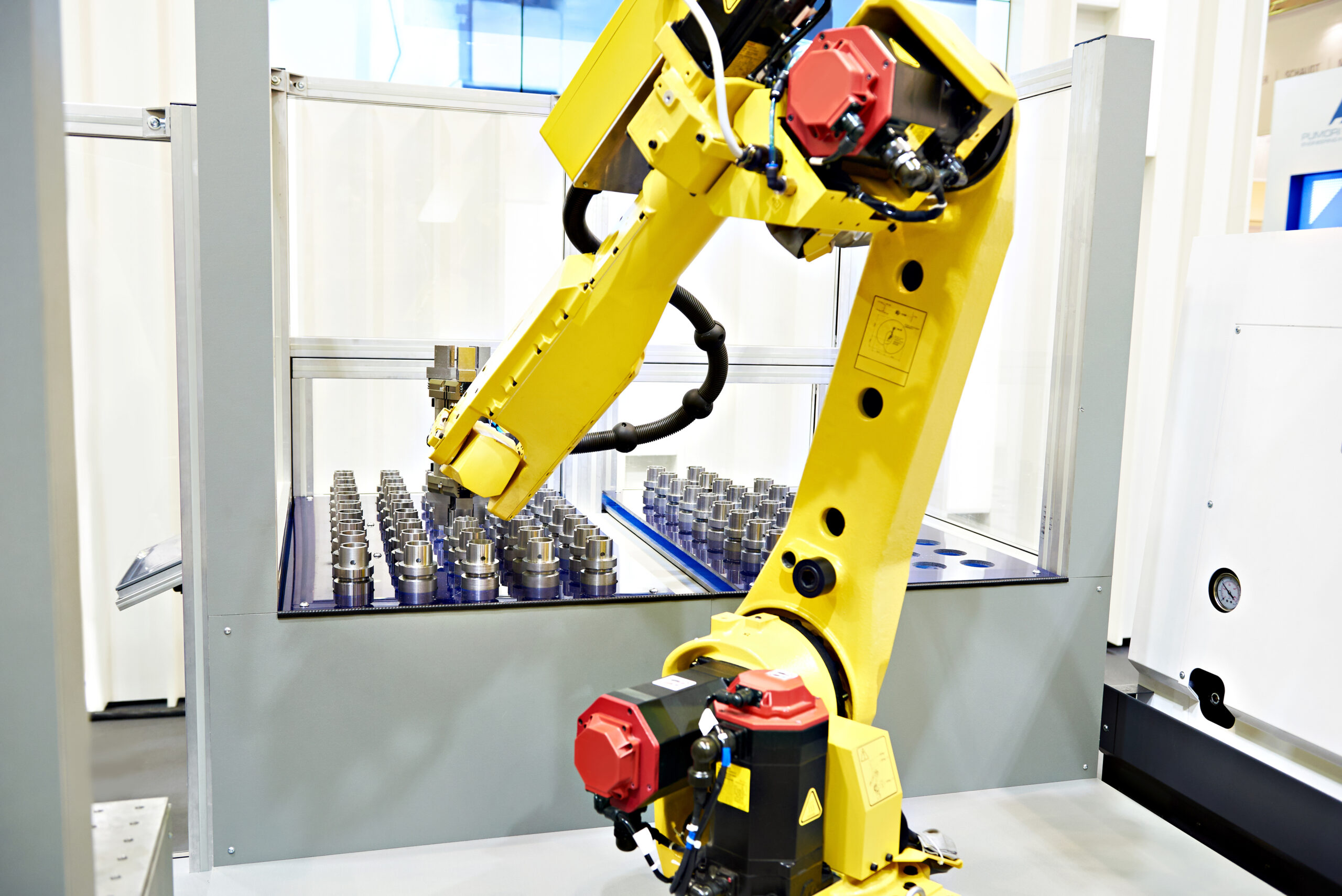Robotic welding… Manual welding… which is best? Welcome to the grand debate!
We are now firmly within the age of automation. As a result, the question of robotic vs manual welding is now on the debating table more clearly than ever before.
Which reigns supreme? Robots or human welders?
On one side of the table we have manual welding. The tried and tested method of welding, backed by decades of precedence and the skill and intuition of seasoned craftspeople.
On the other side of the table, we have robotic welding. The newest contender for best welding method. It boasts precision, productivity, and relentless consistency.
Let’s settle this debate once and for all…
Which welding method comes on top?
The 7 Debate Categories to Spark Discussion
As manufacturers, welding is a crucial aspect of many production processes. It can play a major role in determining the quality of your products.
When you look at your process, which categories can you use to compare manual welding with robotic welding?
Here are 7 categories that we’ll be using to compare the two methods:
- Speed and Efficiency — The speed and efficiency of a welding method determines how productive your welding process can be. It is a crucial category in the debate.
- Weld Quality — The quality of your welds influences both customer satisfaction and product reliability.
- Flexibility — The ability to adapt to different projects quickly is important in a dynamic manufacturing environment.
- Cost — As a significant factor in all business decisions, cost considerations include not only the initial expense but ongoing running costs.
- Risks — Every production method carries risks, both physical and non-physical. From worker injury to cost of inaction, various risks affect welding.
- Detail and Precision — It’s important to discuss the level of detail each method can achieve, particularly for products requiring fine details.
- Problem Detection — Each method will have a different level of ability at detecting and resolving problems. Faster detection means fewer delays in production.
In the debate points below, we will draw from these 7 categories to compare manual and robotic welding.
Manual Welding: Traditional, Reliable and Adaptable
In the arena of welding techniques, manual welding holds its ground as a traditional, reliable, and highly adaptable method.
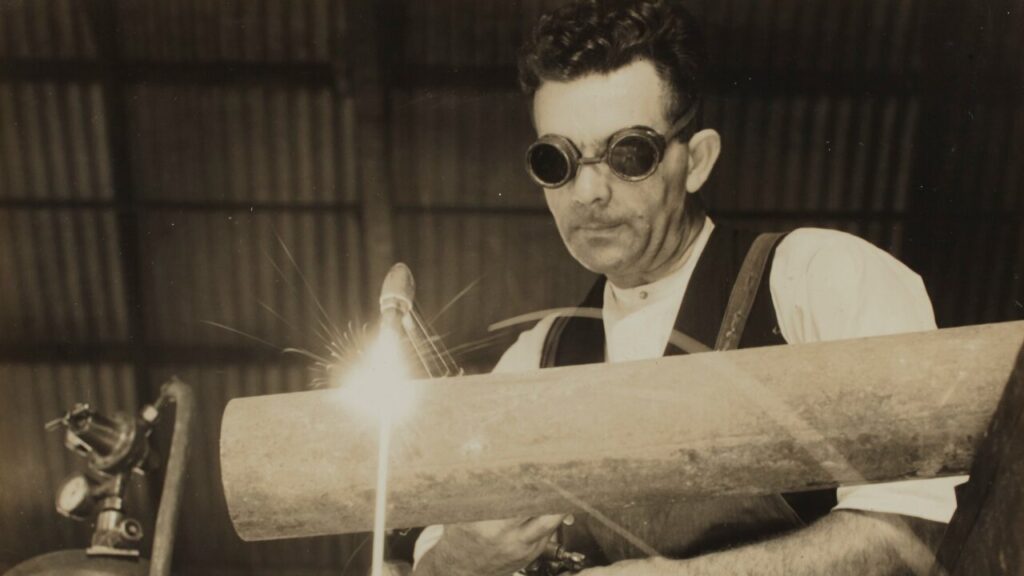
Let’s start the debate with manual welding’s biggest strength: flexibility.
For flexibility, manual welding certainly outperforms its robotic counterpart. Human welders can seamlessly shift between projects without the need for extensive reconfiguration. This makes manual welding particularly suited to custom orders and one-off jobs.
Humans are adaptable. This is also why manual welding can be better at problem detection. Adapting a robot requires the input of humans.
The cost of manual welding can also be quite low, particularly the upfront cost. Unless you have to hire new welding professionals — which can be costly and difficult given the skills shortage — manual welding is a process that has familiar costs.
It’s true that there are some disadvantages to manual welding. Increased risk of worker injury is certainly something to consider, as well as lower precision and an inconsistent weld quality.
However, manual welding truly excels for custom, artisan welding jobs that would require extensive programming to do with a robot.
Robotic Welding: Efficient, Precise and Consistent
Robotic welding is the “new kid on the block” — the welding method that is set to become a core part of any welding process. It is a force to be reckoned with in the world of manufacturing.
We can’t talk about robotic welding without mentioning its consistency. Robots are extremely consistent, producing the same high-quality welds time and time again. With this consistency comes faster, more precise welds, and a lower cost per weld over the long term.
While robots tend to be less effective at detecting problems on-the-fly than humans, they are also less likely to make errors as they are not subject to tiredness. Robots also don’t need breaks, so can be hugely more productive than manual welding.
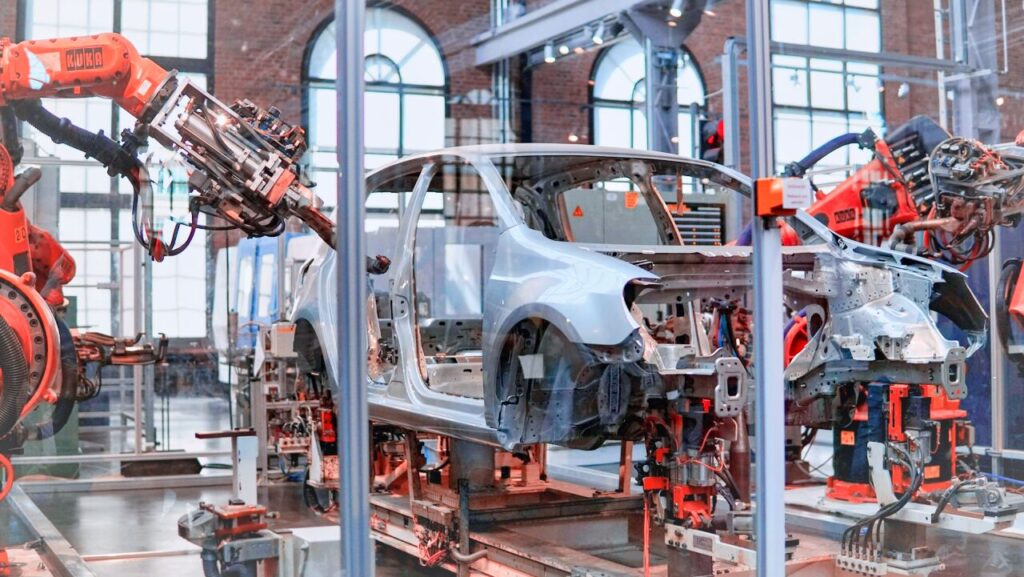
It’s true that robots are less flexible than humans. However, this is why robotic welding is so well suited to routine, higher-volume welding tasks.
Using robots for welding also reduces the potential physical risks, as the human worker is no longer operating dangerous welding machinery. This helps to make the workplace a safer environment for all.
The Verdict: Which Welding Method Strikes the Hottest Iron?
The debate points have been made… so which method is best? Manual welding or robotic welding?
Let’s look at each of our 7 debate categories:
- Speed and Efficiency — Robotic welding has the upper hand with a quicker work rate and higher output. However, this is less valuable on low-volume, custom jobs.
- Weld Quality — Robots are a clear winner with consistent high-quality welds.
- Flexibility — Manual welding wins in this category. Human workers can easily shift between projects without reconfiguration.
- Cost — Let’s call this one a draw. There are many factors that affect the cost of the welding method, including labor costs, machine maintenance costs, and the varying upfront costs of robotic hardware.
- Risks — There are risks with both methods. However, with robotic welding, the physical safety risks are significantly reduced compared to manual welding.
- Detail and Precision — Robots tend to be more consistently precise than humans, so robot welding is a strong contender. But, for artisan-type detail, manual welding is usually the better option.
- Problem Detection — Humans are often better at detecting and responding quickly to problems… however, they are also likely to make more mistakes than robotic welding.
The conclusion? While manual welding offers more flexibility and problem detection, these don’t fully offset the advantages offered by robotic welding.
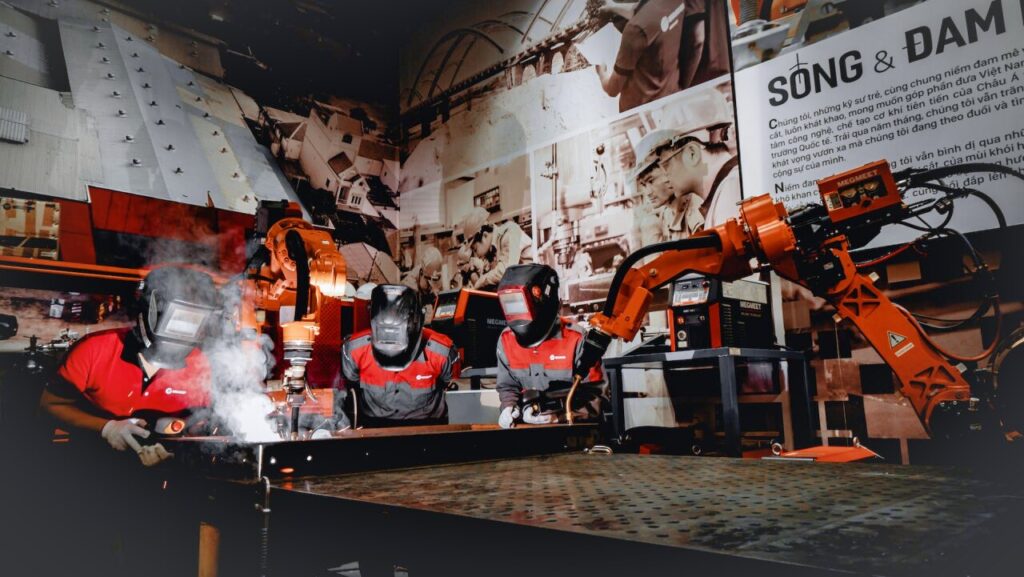
Which Method Should You Choose?
Ultimately, the decision between manual and robotic welding comes down to your specific manufacturing needs.
If you are producing one-off, custom welds that require artisan levels of skill, manual welding will certainly be your best bet. But, if you have more consistent welding needs, robotic welding is surely a top contender.
As with many business decisions, there is no definitive answer to the debate of robot welding vs manual welding.
But, you can make your robot programming easy by using RoboDK and our Welding Add-in.
Which welding methods do you use in your business? Tell us in the comments below or join the discussion on LinkedIn, Twitter, Facebook, Instagram, or in the RoboDK Forum.. Also, check out our extensive video collection and subscribe to the RoboDK YouTube Channel

